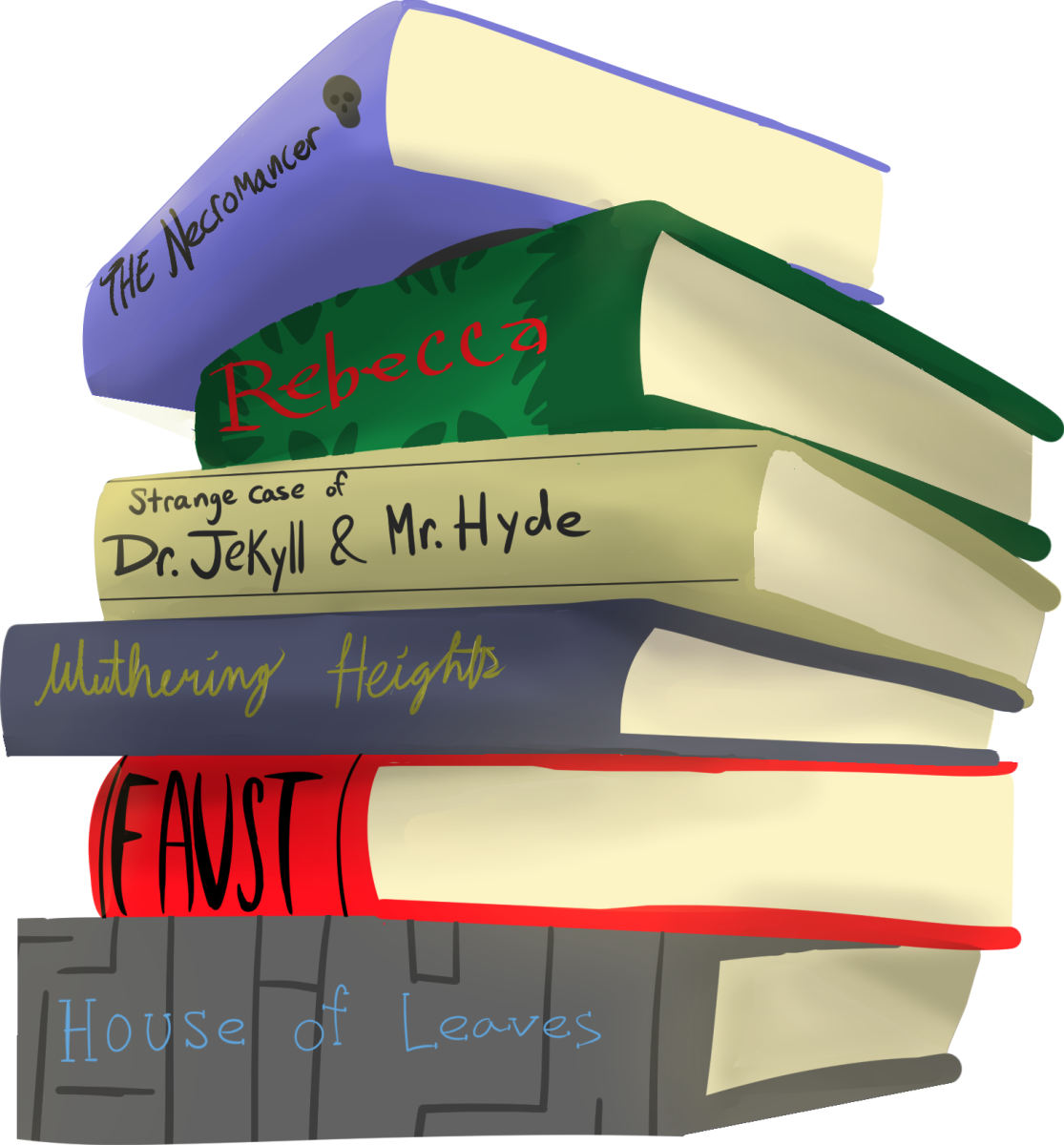The reason Gothic horror has remained popular for centuries is that it is approachable and scary without being boring. Because it emphasizes atmosphere, and because people have become more desensitized to horror, Gothic horror has remained popular due to its feeling of coziness that accompanies the horror.
Gothic horror is a subgenre of horror that originated with literature in the 18th and 19th century. Many iconic stories come from this genre that balance horrific moments with a dour atmosphere.
Gothic literature often focuses on supernatural activity and usually takes place in a setting — like an old manor house with a dark past — that is isolated from civilization. Because of this isolation, and because the weather is always either cloudy or stormy, the characters must contend with the physical threats of the setting — ghosts, ghouls, vampires, murderers — or confront the deeper meaning behind these monsters. Many Gothic novels focus on mental illness, toxic relationships or deep personal emotional unrest.
Gothic literature first emerged as a facet of the Romantic literary movement, which was a literary movement that came as a reaction to the Industrial Revolution. Many creative writers rebelled against capitalism by embracing nature, welcoming overwhelming emotions, and by exploring forces unexplainable by science. Gothic literature is the dark counterpart to romanticism as it explores similar themes but with a dark twist.
Because Gothic literature has a foundation for exploring these themes, it gives readers a lot more to digest than just scary scenes. Readers can admire the vivid descriptions of nature, get to know complex characters as well and get scared. Even though Gothic novels originated the horror novels, their romantic trappings make them approachable and scary for readers looking for cozy horror.
Some Gothic classics that immediately come to a lot of people’s minds are “Jane Eyre” by Charlotte Bronte, “Frankenstein” by Mary Shelley, “Dracula” by Bram, “Haunting of Hill House” by Shirley Jackson and everything Edgar Allen Poe has written.
Several other modern authors have done their takes on Gothic horror. Authors like Flannery O’Connor and William Faulkner wrote in a subgenre called Southern Gothic, which follows typical Gothic tropes but takes place in the American South. Latin authors like Silvia Moreno-Garcia and Gabriel Garcia Marquez utilize Gothic tropes in a new context by using Gothic literary conventions to showcase Latin history and the effects of colonization.
Authors are still writing Gothic novels and are still using this genre to entertain readers and to expose the uglier sides of society. Some newer Gothic novels include “Mexican Gothic” by Silvia Moreno-Garcia, “House of Salt and Sorrows” by Erin A. Craig and “The Last Tale of the Flower Bride” by Roshani Chokshi.
Gothic novels — both old and new — are perfect for spooky season because of the eerie settings and gloomy atmosphere which strangely complement the coziness that fall often brings. Although Gothic literature is a subgenre of horror, it does have a certain coziness to it. Since we as a society associate autumn with coziness, and since Halloween is only a few weeks away, Gothic novels are perfect for getting into the Halloween spirit.









